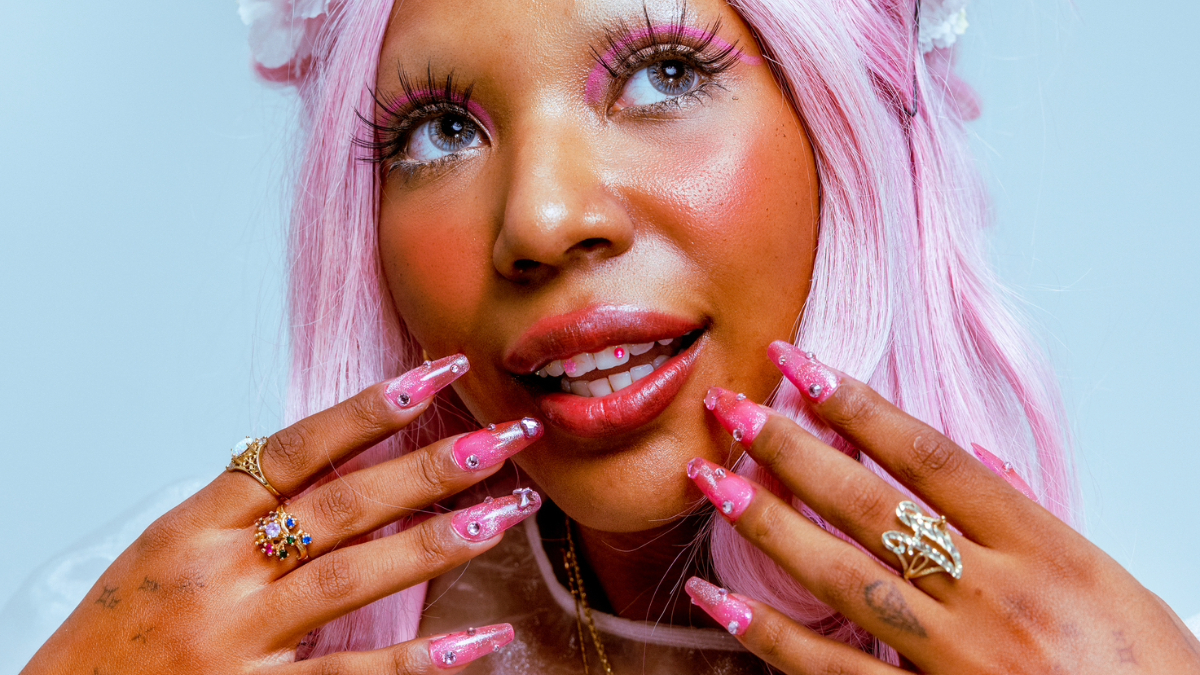Long Adorned Nails: A Debate on Cultural Appropriation
Introduction
The topic of cultural appropriation in fashion and beauty has gained significant attention in recent years. One of the controversies surrounding this issue is the question of whether or not long adorned nails are a form of cultural appropriation. This article aims to explore the historical and cultural origins of long adorned nails, examining the arguments both for and against labeling them as cultural appropriation.
Historical and Cultural Context
Long nails have a long and diverse history, with evidence of their use dating back to ancient Egypt and China. In many cultures, long nails were seen as a symbol of status, wealth, and beauty. However, the specific style of long adorned nails that is commonly associated with African American and other marginalized communities has a more recent history.
During the 1950s and 1960s, long adorned nails became popular among Black women as a form of self-expression and defiance against societal norms. These nails often featured intricate designs and embellishments, becoming an integral part of Black beauty culture.
Arguments for Cultural Appropriation
Those who argue that long adorned nails are a form of cultural appropriation believe that the specific style and aesthetic associated with them has been appropriated from marginalized communities. They contend that non-Black people who adopt this style without acknowledging or understanding its cultural significance are perpetuating a form of cultural erasure and disrespect.
Additionally, they argue that the commercialization and mass consumption of long adorned nails, particularly by celebrities and influencers, has diluted their cultural meaning and reduced them to a mere fashion trend.
Arguments Against Cultural Appropriation
Opponents of the cultural appropriation argument argue that long adorned nails are not exclusively associated with any one culture. They point to the fact that similar styles have been used in other cultures throughout history and that the concept of beauty is inherently subjective and evolving.
They also contend that labeling something as cultural appropriation can be overly simplistic and overlook the complexities of cultural exchange. They argue that it is possible for people of all backgrounds to appreciate and admire different cultural expressions, including long adorned nails, without disrespecting or erasing their origins.
Conclusion
The debate over long adorned nails as cultural appropriation is complex and multifaceted. There are valid arguments to be made on both sides of the issue. Ultimately, it is up to individuals to decide for themselves where they stand on the matter.
It is important to approach this topic with respect and empathy, acknowledging the cultural significance of long adorned nails while also recognizing that beauty is fluid and adaptable. By fostering open and respectful dialogue, we can move beyond the concept of cultural appropriation and towards a more inclusive understanding of cultural exchange and appreciation.


تعليقات